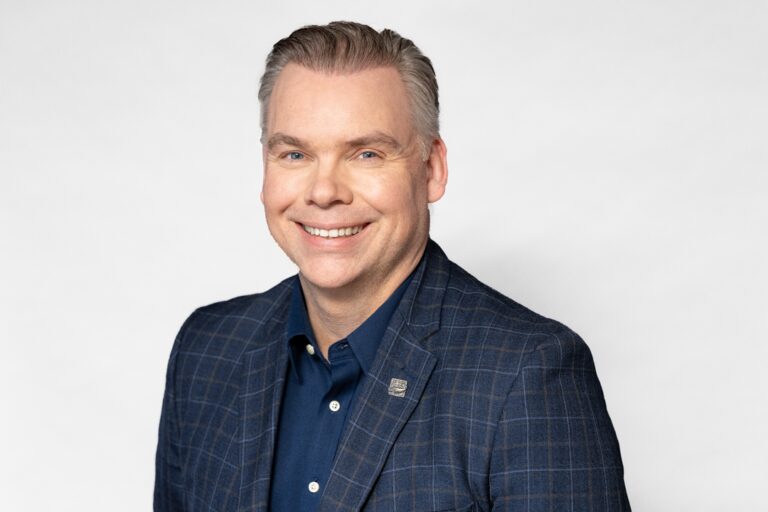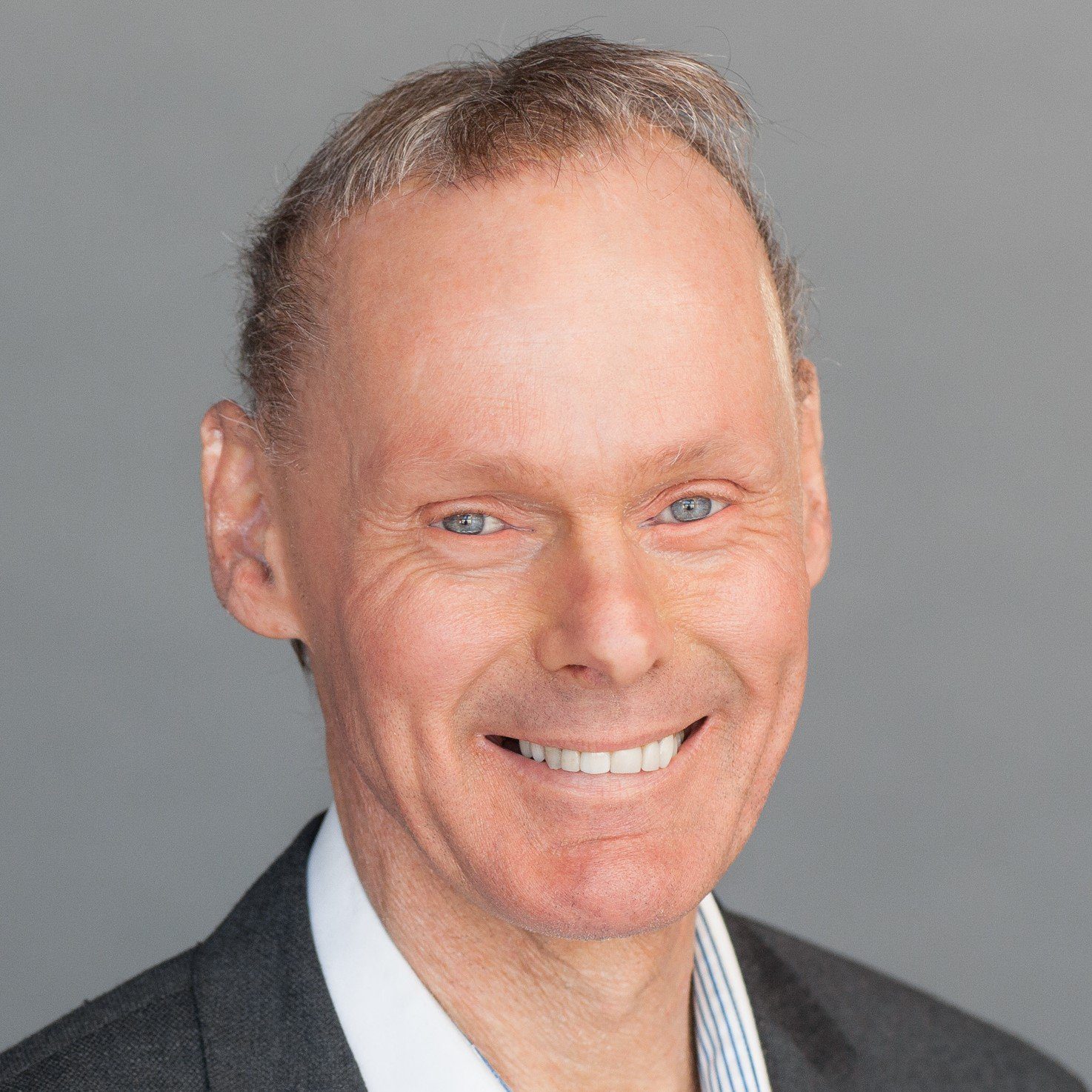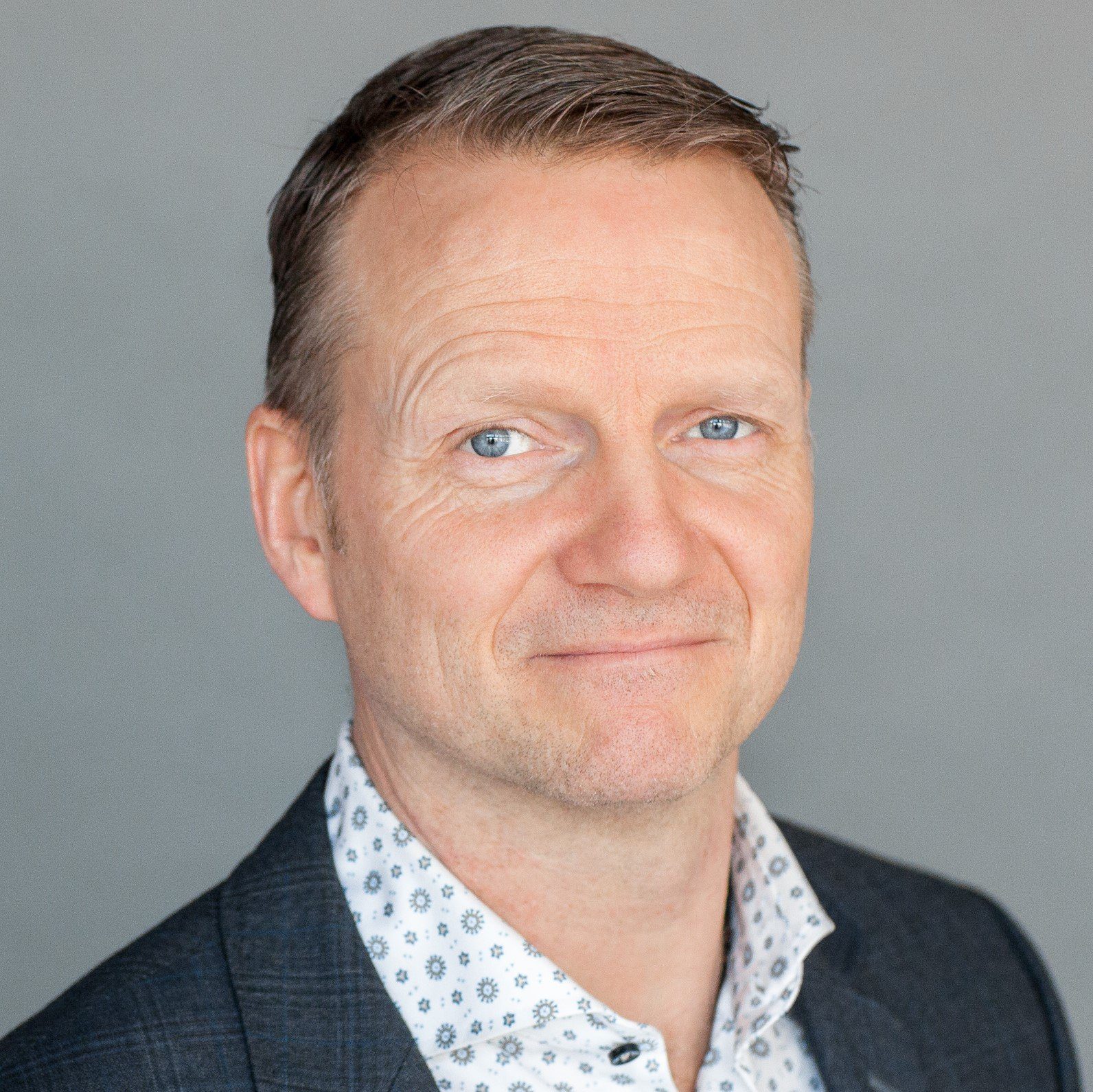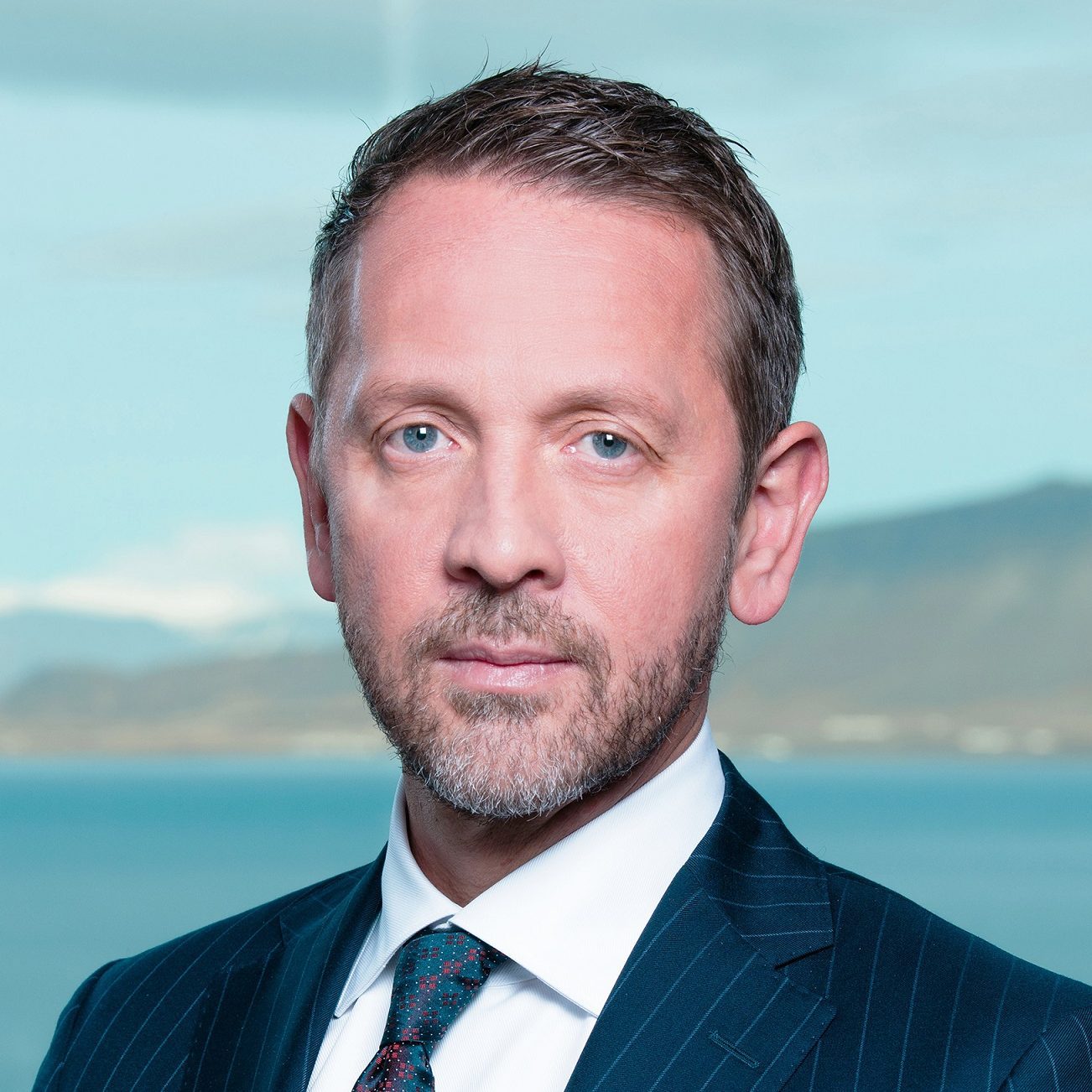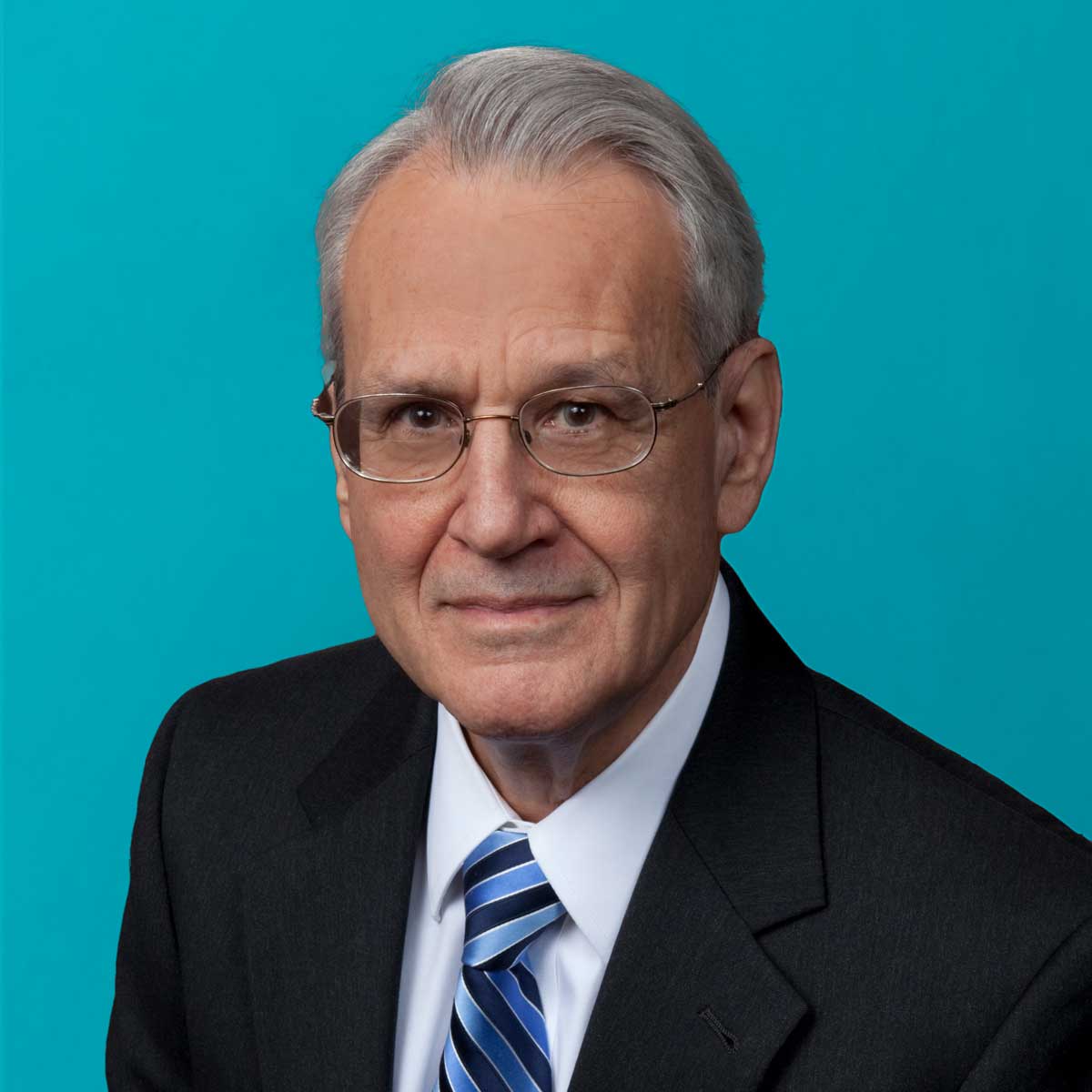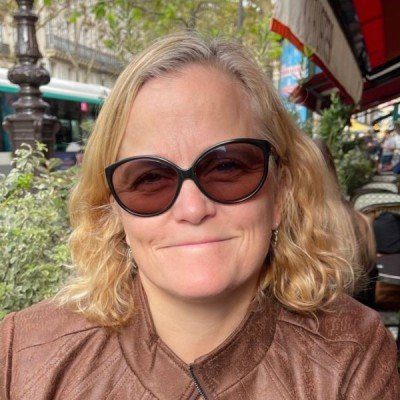Building on his experience, ranging from software solutions at his startup in Denmark, to the development and commercialization of medical devices for human tissue repair as an employee within two medical device companies, coupled with his youth experience in the fishing village of Isafjordur, Fertram came up with the concept of using fish skin to heal damaged tissue.
Fertram’s bachelor’s degree was in chemistry from the University of Iceland. His master’s of Engineering degree, was from the Technical University of Denmark.
Over the initial years of Kerecis, Fertram sought support from former colleagues he had worked with during his career. The colleagues included medical doctors Baldur Tumi Baldursson and Hilmar Kjartansson, U.S. patent attorney Ernest Kenney and lawyer Baldvin Bjorn Haraldsson. Fertram’s father, Sigurjon N. Olafsson, Associate Professor of Chemistry at the University of Iceland and Fertram’s wife Fanney, a biotech engineer with background in pharmaceutical regulatory affairs, were also involved.
In August 2023 Kerecis became Iceland’s first Unicorn when it sold to the Danish company Coloplast for $1.3 Billion.
